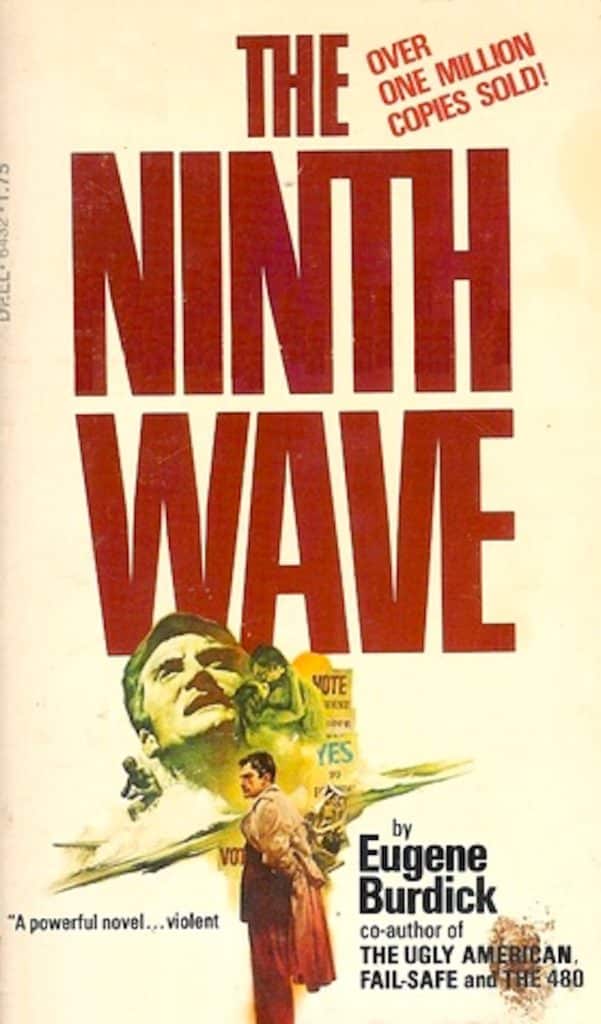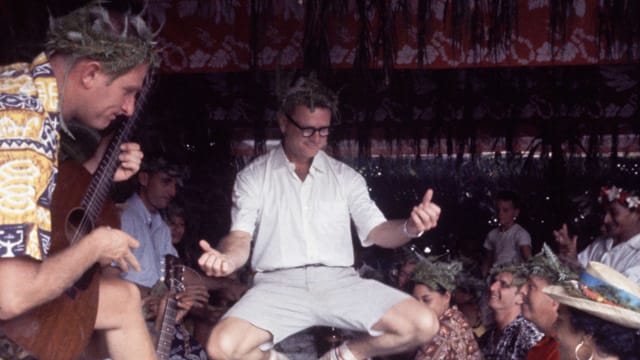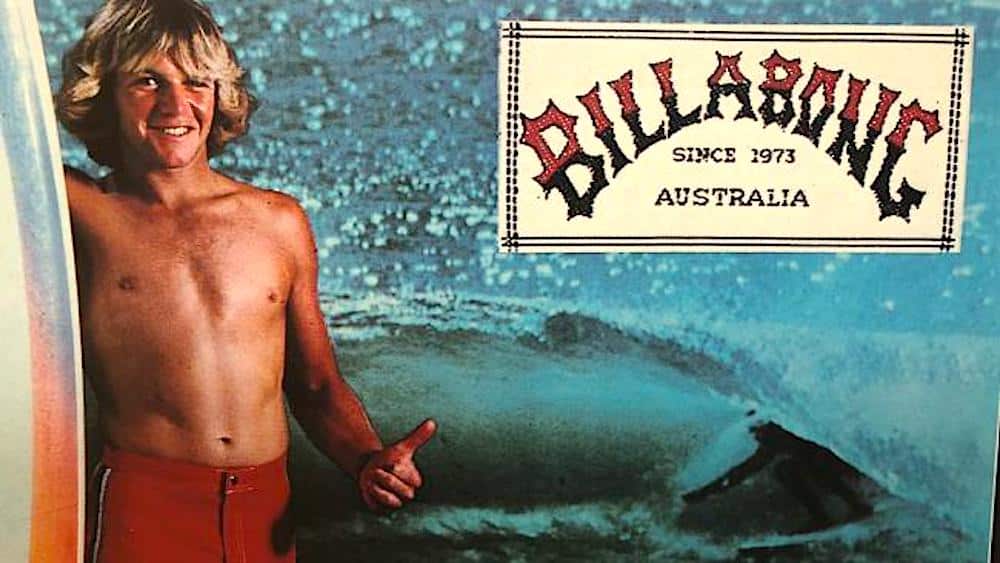"If people knew how many people are bumped off boards, how many Whites we’re seeing close to shore, they’d be shocked.”
Esperance surfer Mitch Capelli is an ordinary man, a teacher by trade, who has been thrust, by circumstance, into an anything but ordinary situation.
His phone has been running real warm this past week, after surfer Andrew Sharpe, a popular Esperance local, was disappeared by a “monster” Great White in front of his pals last Friday at Kelpies, just outside of town.
A buddy, Jan Golebiowski, who tried to save Sharpe, has his own history with Whites. His little brother Zac was hit by a ten-foot White in 2006, the animal taking his entire right leg.
In 2017, Capelli, who is twenty-seven, created Ocean Safety and Support, which has a centrist approach to Whites, after teenage surfer Laticia Brouwers died in front of her family after being hit by a Great White at Kelpies, the same place where, three years before, surfer, Sean Pollard, had an arm and another hand bitten off by a Great White in 2014.
The teen’s death was enough to spur Mitch into doing…something.
He wasn’t sure what that was going to be, just something.
Better to act, he figured, than watch more people die or be maimed, more families traumatised.
Ocean Safety and Support aims to be that middle ground between those who believe the White is a unicorn whose existence on earth is proof that magic surrounds us and therefore the animal is sacred, and those who want to kill the bastards.
Action has to happen, and now, says Capelli, not at some vague point in the future.
When I interview Capelli he apologises at a few different points in the interview for becoming emotional, passionate. He admits to being rattled as fuck, too, spending the last three months chasing waves between in the north-west.
Anywhere but Esperance.
“(Great Whites) are affecting our way of life,” he says. “We’re losing friends, family and community members. It’s so hard to deal with. The government has a duty of care, it’s teetering on criminal negligence. It’s got to that point. I might sound unreasonable but people are dying and nothing is being done. Tagging and lights and sirens and buoys are not solving the problem.”
Kelpies, he says, “is such a beautiful spot. Everyone wants to be able to go, park the car on the beach, have a paddle, be free to enjoy what our beautiful coastline has to offer. But people are shit-scared. And rightfully so. I’m avoiding my hometown at the moment. It’s probably the sharkiest place in the world right now. That’s the reality of it. We’re not dealing with tigers or bull sharks, either, we’re dealing with Great Whites that get hold of you and you don’t survive.”
Like a lot of surfers, fishermen, divers, Capelli blames the dramatic increase in interactions with Whites on the Australian government’s decision in 1999 to list the species as vulnerable and protect it in the waters of all States and Territories of Australia.
“They were never endangered in the first place,” says Capelli. “Obviously the population has exploded. It takes ‘em five to seven years to be sexually mature, then the females have between two and twelve pups every eleven months. That’s exponential growth. And really basic maths… the scary part is the worst is yet to come. What we’ve seen in Esperance is not surprising for most of us. This is our reality. As a young fella, one day I’m going to have a family of my own. I don’t want to bring up kids and not be able to put ‘em in the water. All the older fishermen in town, they don’t have their kids in the water. The schools are looking at ending diving, the aquatics program, surfing, it’s affecting every aspect of our lives… the recreational dive industry is dead and it used to be an international thing, we have some of the most beautiful dive locations in the world. The clearest water. The abalone divers are all in shark cages. Surfers want to ride a wave and they’re being hunted. That’s how it feels. If people knew how many people are bumped off boards, how many Whites we’re seeing close to shore, they’d be shocked.”
As I wrote a week or so ago, there has never been a period in human history when humans, divers, surfers, whatever, have been killed by Great Whites in such numbers as in 2020: seven deaths this year, four surfers, Rob Pedretti, Mani Hart-Deville, Nick Slater, Andrew Sharpe and three divers.
https://www.instagram.com/p/BsChvhalnrS/
Capelli talks of his frustration at not being able to cut through at a governmental level, the Western Australian premier blowing off another surfer death as an example of the risk we face when jumping in the water.
“So many of the boys who were surfing with him are traumatised. They don’t know if they can go back in the water now. Psychiatrists are being organised to see those guys, what they witnessed was so messed up.”
I tell Capelli that as brutal as it is, it won’t be until the larger population gets a taste of what an attack looks like that attitudes will change, and reference the Vietnam War. If it wasn’t for the war photographers and writers like Micheal Herr, no one back in the US would’ve known a damn thing about the horror there.
It’s the same with the footage of Nick Slater being hit by a White at the Superbank last month and Tadashi Nakahara bitten in half by a White at Ballina. Beach cams recorded it all. The owners of the footage were quick to disappear it. Well-intentioned, yeah, but if people saw what a White hit looks like?
It’d change minds.
“It shouldn’t have to come to that,” he says. “Surely the fact that people are dying enough. I don’t think the stories need to be shared. They’re too gruesome.”
Well, that’s the point. I tell him I spoke to the surfer who fought the White off teenager Mani Hart-Deville, who says he won’t speak about what he saw out of respect for his family.
“What I can say,” says Capelli, “is that they never had a chance. These are big, big sharks. It’s all over really quick. It’s not mistaken identity, not having one bite and letting go, but chomping ‘em in half, taking the whole body and gnawing on it until it’s gone. Eating it on the surface like it’s a seal. The mistaken identity thing, they don’t wanna attack, they don’t like humans, is bullshit, mate. Utter bullshit. They are are the apex, predator, opportunistic, ambush predators. If a feed is there, they’ll take it.”
I ask, what would you do, if you were given the keys to the State gov?
“Drum lines instantly after an attack. Instantly. They just killed someone so therefore there’s a problem animal hanging around. Prevention requires intervention. If sharks are hanging around and showing signs of aggression, it should be removed. It won’t have any effect on populations. Their habitat is not threatened.”
After that, mitigation strategies, keep the number in check.
It’s hard work and it ain’t paying the bills.
Still, “No one else is doing it, fucking just doing it, man.”
(If you want to get in touch with Ocean safety and Support or buy a trauma kit, click here.)












